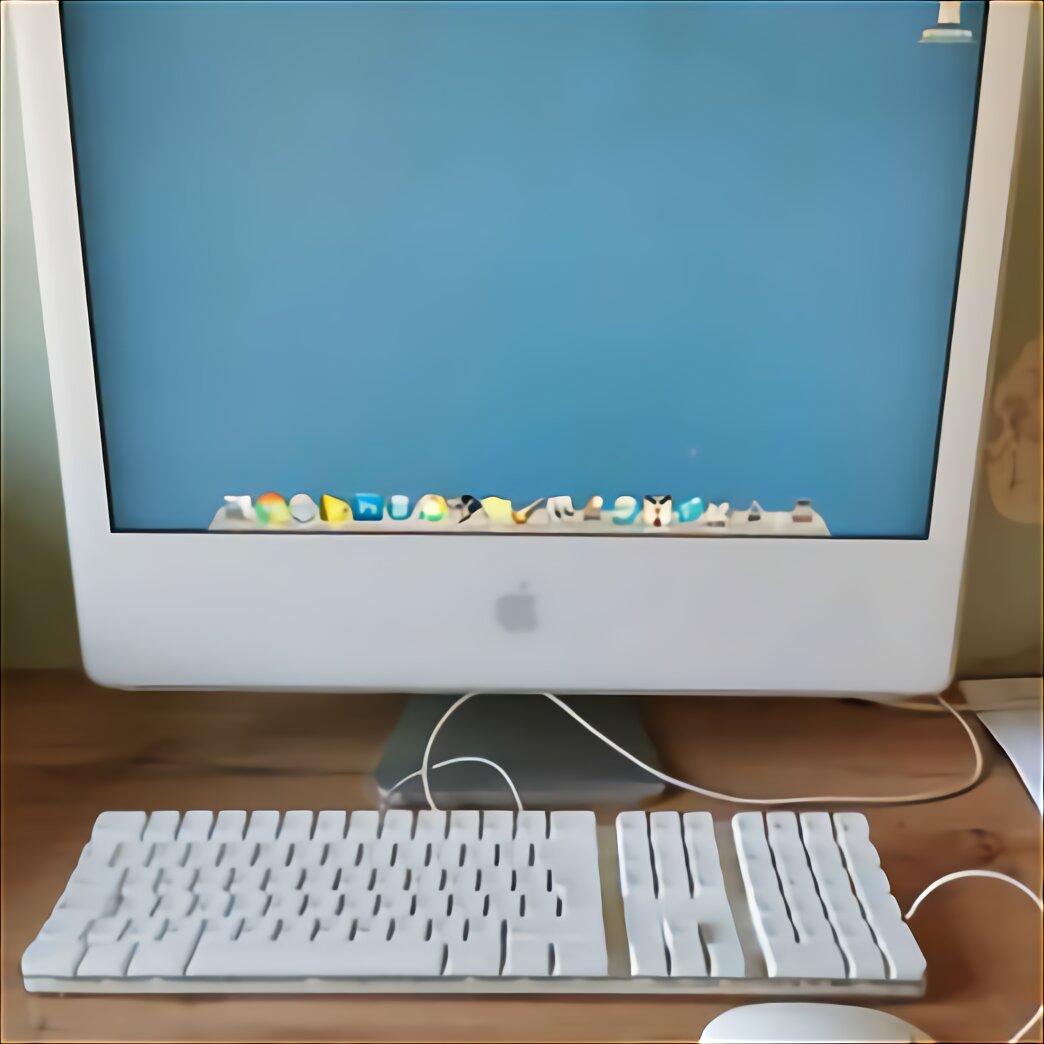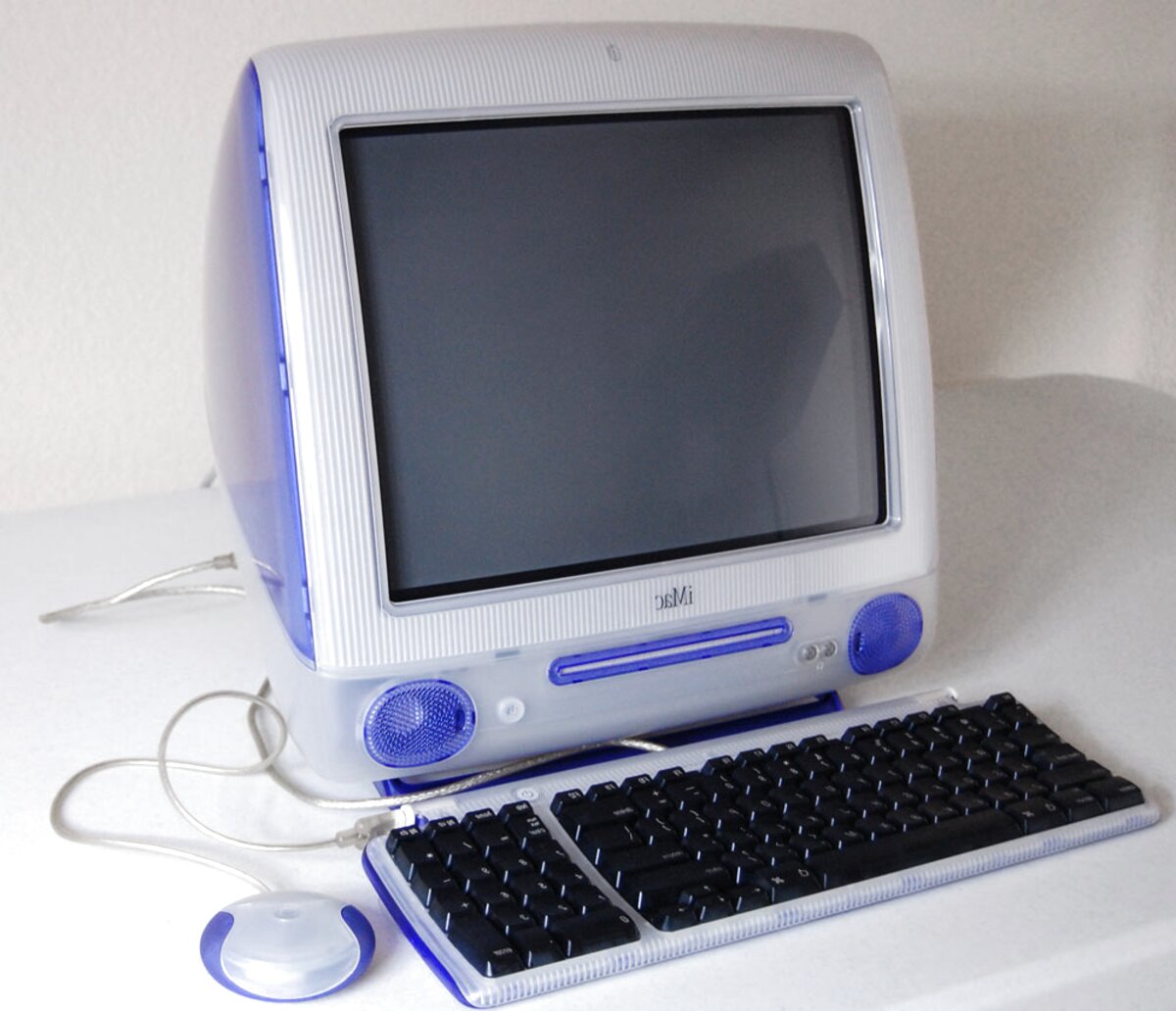Imac G3 For Sale – Used bookstores, both physical and online, offer an extensive selection of pre-owned books, from contemporary novels to classic literature. For buyers, the process typically starts with identifying a business that aligns with their interests, skills, and goals. Yet, even within this system, there is room for hope. In conclusion, the market for second-hand goods for sale is an ever-growing and dynamic space that offers numerous benefits to both buyers and sellers. In many cases, sellers may work with business brokers, financial advisors, or accountants to help value the business and identify potential buyers. This is particularly important in a world where design has become a central element in consumer decision-making. The dynamics of a sale can vary dramatically depending on the context. A piece of furniture, for instance, may hold sentimental value simply because it’s been in the family for generations. The global marketplace, with its constant buying and selling, influences everything from politics to the environment, creating ripple effects that are felt far beyond the immediate transaction. It’s a small but significant way to make a positive impact on the planet, especially when one considers the volume of waste generated by fast fashion, electronic waste, and disposable goods. But what about the intangible things? Can memories be bought? Can feelings, emotions, or connections be traded? In a sense, many people would argue that in today’s world, even the intangible is up for grabs. Electronics are another category of second-hand goods that have seen a rise in popularity. Success after the acquisition depends on a variety of factors, such as effective leadership, market conditions, and the buyer’s ability to make improvements and capitalize on growth opportunities. Whether it’s a car, a house, or a simple piece of furniture, there’s a process that unfolds. The sale process itself can be lengthy and involves multiple stages. Many everyday products, such as kitchenware, footwear, and tools, can also be considered quality goods, provided they are made to last and perform well over time. These goods, once owned and used by someone else, offer a unique opportunity for both sellers and buyers to exchange items that might otherwise go unused. One common concern is the risk of purchasing items that are damaged or not as described. The result is a society that increasingly prioritizes consumption over connection, profit over meaning, and exchange over understanding. From designer labels to quirky, eclectic finds, second-hand clothing offers a wealth of variety and style at a fraction of the price of new items.

iMac G3/333 (blueberry, 1999)
4.5/5 (2,625 reviews)

Apple Imac G3 for sale in UK 64 used Apple Imac G3
4.5/5 (2,625 reviews)

Imac G3 for sale in UK 64 used Imac G3
4.5/5 (2,625 reviews)

Imac G3 for sale in UK 64 used Imac G3
4.5/5 (2,625 reviews)

Apple Imac G3 for sale in UK 73 used Apple Imac G3
4.5/5 (2,625 reviews)

Imac G3 for sale in UK 44 secondhand Imac G3
4.5/5 (2,625 reviews)

Imac G3 for sale in UK 64 used Imac G3
4.5/5 (2,625 reviews)

Imac G3 for sale in UK 64 used Imac G3
4.5/5 (2,625 reviews)

Apple Imac G3. Complete With Keyboard and Mouse Etsy
4.5/5 (2,625 reviews)

Apple Imac G3 for sale in UK 66 used Apple Imac G3
4.5/5 (2,625 reviews)
In some cases, sellers may be willing to offer financing options, where they agree to receive payment over time, which can make the business more attractive to potential buyers. Overpricing an item can lead to it sitting unsold, while underpricing it can result in lost potential revenue. Whether it’s an item, a service, or even a person, the act of being “for sale” represents a moment of transition, a shift from one stage of life to another. Whether you’re the seller or the buyer, the phrase “for sale” is a reminder that everything in life is in constant motion, always moving toward something new, something different, something better. Some need the money, some want to declutter, and others might feel the urge to let go of possessions as they enter new phases in their lives. The adage “you get what you pay for” rings especially true in the realm of quality goods. While the sale of a business can provide a valuable opportunity for both parties involved, it also carries risks. Self-help books and motivational speakers promise to sell us the tools to fix ourselves, to buy into a better version of who we could be. Whether through local thrift stores, online marketplaces, or garage sales, the option to buy pre-owned items has created a flourishing market that continues to grow. Success after the acquisition depends on a variety of factors, such as effective leadership, market conditions, and the buyer’s ability to make improvements and capitalize on growth opportunities. Whether through their durability, aesthetic appeal, or the values they embody, these products go beyond simple transactions. Second-hand markets also promote the idea of a circular economy, an economic system that focuses on reducing waste and reusing products. It’s a world where even personal growth, self-actualization, and emotional healing are framed as commodities, available for purchase at any time, but only if you’re willing to pay the price. Another aspect that contributes to the appeal of quality goods for sale is the level of detail and attention given to the design. In the end, the real challenge is to navigate this world — to understand the forces of commerce that shape our lives, while holding onto those things that remain beyond the reach of money. The growing appeal of second-hand goods is also tied to a growing awareness of environmental issues. For the seller, the goal is often to maximize the value of the business, while for the buyer, the focus is on ensuring that the investment is sound and that the business can continue to thrive under new ownership. On one hand, there’s the potential for an established client base, proven systems, and a recognizably brand name. Despite the many advantages of buying and selling second-hand goods, there are some challenges that both buyers and sellers must navigate. The struggle is not in resisting the marketplace entirely, but in finding balance, in ensuring that the things that truly matter cannot be bought, sold, or traded.
By buying second-hand goods, consumers can feel good about supporting their communities and giving back to those in need. It’s a small but significant way to make a positive impact on the planet, especially when one considers the volume of waste generated by fast fashion, electronic waste, and disposable goods. They are intended to last for a limited amount of time, after which they become outdated, broken, or no longer functional. On one hand, there’s the potential for an established client base, proven systems, and a recognizably brand name. This can be particularly advantageous for entrepreneurs who might have experience in business operations but lack the time or resources to build a new venture from the ground up. As technology continues to advance at a rapid pace, second-hand electronics can offer a way for consumers to keep up with the latest gadgets without breaking the bank. For example, someone might be able to purchase a used smartphone or laptop with the same features and specifications as a brand-new model, but at a significantly reduced price. This shift from a linear economy, where products are made, used, and disposed of, to a circular one, where products are continually reused and repurposed, is a step towards a more sustainable and environmentally friendly world. By choosing second-hand goods, consumers can help reduce waste, conserve resources, and lessen the demand for new production. Whether it’s the sleek lines of a designer chair or the intricate patterns on a handwoven rug, quality goods are often as much about aesthetics as they are about functionality. In both cases, there’s a sense of vulnerability. The sale agreement will include details about the purchase price, payment terms, assets being transferred, and any contingencies that may apply. Economic downturns, for example, can influence the types of businesses that are put up for sale, as struggling companies may look to exit the market. For sellers, the market for second-hand goods offers an opportunity to declutter their homes and make some extra money. When people buy second-hand items, they are extending the life cycle of those goods, which means fewer products end up in the trash. By purchasing second-hand goods, consumers help keep products circulating in the economy, giving them new life and purpose. Second-hand goods, especially those that are vintage or antique, often carry a sense of history and craftsmanship that can be missing from mass-produced products. Influencers sell their attention, their opinions, their lives — all of it has become a form of commerce. When it’s put up for sale, it can bring with it a sense of loss, as if a piece of the seller’s life is being taken away. In this digital age, it often feels like there’s no such thing as privacy anymore, and that’s because we’ve essentially agreed to sell pieces of ourselves in exchange for recognition, affirmation, or even money.